Baram Yakgwa (바람약과)
8.9Km 2024-04-06
Sinbok 6-gil 23-1, Deokjin-gu, Jeonju-si, Jeonbuk-do
Doldol Pie (돌돌파이)
9.0Km 2024-04-06
Sinbok 6-gil 27-5, Deokjin-gu, Jeonju-si, Jeonbuk-do
Cheolgiwa Jeon (철기와전)
9.1Km 2024-04-06
Sinbok 7-gil 8-1, Deokjin-gu, Jeonju-si, Jeonbuk-do
Fábrica de Arte Contemporáneo en Palbok (팔복예술공장)
9.7Km 2024-05-14
Guretdeul 1-gil 46, Deokjin-gu, Jeonju-si, Jeonbuk-do
La Fábrica de Arte Contemporáneo en Palbok se fundó en una antigua fábrica de cintas de casete, veinticinco años después de que cerrara tras la llegada del CD. Ubicada en el barrio de Palbok-dong de la ciudad de Jeonju, el establecimiento tiene como objetivo difundir el arte y la creatividad artística por el mundo, de forma muy similar a como lo hizo la anterior compañía de cintas de casete en su apogeo en los años 80.
Hotel Moaksan (호텔 모악산)
9.9Km 2025-07-23
104-10, Moaksan-gil, Gui-myeon, Wanju-gun, Jeonbuk-do
Daeseung Hanji Village & Hanok Traditional Culture Experience Center (대승한지마을한옥전통문화체험관)
11.9Km 2024-10-17
18-4, Bogeun-gil, Soyang-myeon, Wanju-gun, Jeonbuk-do
+82-63-242-1001
Daeseung Hanji Village in Wanju County, Jeonbuk-do Province was part of Jeonju City from the time of the Baekje Dynasty until 1935, when Wanju County was separated from Jeonju City. The village has been famous for the production of hanji (traditional Korean paper handmade from mulberry tree) since the Goryeo Dynasty, and is the origin of the world-famous ‘Goryeo Paper.’ Most of the villagers were still employed in producing and selling hanji until a few years ago, but these days they work in various businesses including farming and stock farming. However, the hanji masters continue to preserve and promote the hanji tradition through the Hanji Exhibition Hall and Experience Center and other activities. Surrounded by low hills (Seungraebong and Duribong), the village consists of farmhouses, cattle sheds, old hanok houses, the site of the seodang (village school), and a pavilion, and has traditional games including a swing and tuho (stick throwing). The center is composed of hanok accommodation, the Hanji Experience Center, and the Hanji Craft Exhibition Hall set amid a quiet, clean environment. In particular, the Hanji Experience Center provides various interesting and reasonably-priced hands-on experience programs for people of all ages including kindergarten children, such as making hanji, hanji fans, hanji shoes, hand mirrors, hanji masks, instruments, pencil holders and so on. The hanok accommodation has eight guestrooms, each of which features a large window and is equipped with a modern-style bathroom, 40-inch TV, air-conditioner, refrigerator, dressing table, etc. The rooms are decorated with wooden and hanji materials in a simple yet elegant style. The house has also a seminar room (66m2) equipped with a beam projector for group seminars. The separate restaurant provides Korean-style meals, and guests can also use the kitchen. As the house is surrounded by a pine grove, guests can appreciate the clean air scented with pine anywhere in the house.
Espacio Abierto Nu-e (복합문화지구 누에)
11.9Km 2024-10-14
Wanju-ro 462-9, Wanju-gun, Jeonbuk-do
Happydream [Korea Quality] / 행복드림한옥 [한국관광 품질인증]
12.0Km 2024-10-15
181-21, Bongseoan-gil, Yongjin-eup, Wanju-gun, Jeonbuk-do
+82-10-3677-5339
The Dueok Happy Dream Village Farming Association Corporation runs a hanok-style guesthouse situated in Dueok Happy Dream Village, which is surrounded by high, clean mountains. Also known as Bongseogol, the village is a pleasant farming community located deep in the lush green mountains of Wanju-gun, Jeollabuk-do, and is also well known as one of the eight best propitious sites in Korea – Jongnamsan Mountain on its right and Seobangsan Mountain on its left are said to resemble a phoenix('Bonghwang' in Korean) embracing the village (hence the name of the village is ‘Bongseo’).
Dueok Village was re-born as Dueok Happy Dream Village as part of the rural village revitalization project carried out in Wanju County. The village has jointly run diverse hanok buildings (ranging from about 45 to 150 years old) as hanok-style guesthouses, along with various hands-on programs, since 2010. The Dueok Happy Dream Village Farming Association Corporation now runs the guestrooms and a large experience center, and only accepts groups of guests. The experience center offers education programs on traditional etiquette, and also operates reenactments of the ancient civil service examination. It also offers guests three good meals a day consisting of rural-style healthy food served with wild vegetables and various side dishes at a reasonable price.
The guesthouse comprises tile-roofed houses on both sides set amid a large grassy field against a background of green mountains. The guestrooms feature a simple yet pleasant design and are equipped with ondol (under-the-floor heating) without air-conditioning. The experience center is notable for its ten doors which can be opened by lifting them up toward the ceiling, thereby providing an open view of the beautiful landscape.
Furthermore, the village, which has been designated as a rural experience and recreational village, runs a wide variety of hands-on programs, including a Nature Experience program consisting of a forest tour with a guide, Making a Wish Necklace, Walking on the Myeongdang (propitious site), Rice Farming, Digging Sweet Potatoes, Traditional Folk Games (archery, steel hoop rolling), Rice Cake Pounding, Making Scarecrows, and Making a Kite, among others. It also offers Sori Hakdang and etiquette education programs as a two-day course.
Estadio de la Copa Mundial de Jeonju (전주월드컵경기장)
12.6Km 2024-04-07
Girin-daero 1055, Deokjin-gu, Jeonju-si, Jeonbuk-do.
El Estadio de la Copa Mundial de Jeonju fue completado en octubre de 2001 para el Mundial de Fútbol FIFA 2002. Su diseño original proviene de un abanico tradicional coreano conocido como hapjukseon. Este abanico representa la belleza de los diseños tradicionales coreanos. La superficie del estadio es de 562,929 m² y está compuesto de 6 pisos y 1 piso subsuelo. Esta estructura tiene una capacidad de 42.477 personas. Debido a la cercanía de la cancha y la tribuna, permite presenciar un vívido partido desde cualquier punto del estadio.
Embalse Oseongje (오성제 저수지)
12.8Km 2024-10-15
Daeheung-ri, Soyang-myeon, Wanju-gun, Jeonbuk-do
Ubicado en la zona de Soyang-myeon, distrito de Wanju-gun, provincia de Jeollabuk-do, este embalse está rodeado de un precioso paisaje natural y sus senderos de paseo lo convierten en un espacio ideal para la relajación. En 2019, el grupo BTS visitó el lugar para el programa “2019 BTS SUMMER PACKAGE” y lo hizo famoso como destino turístico.
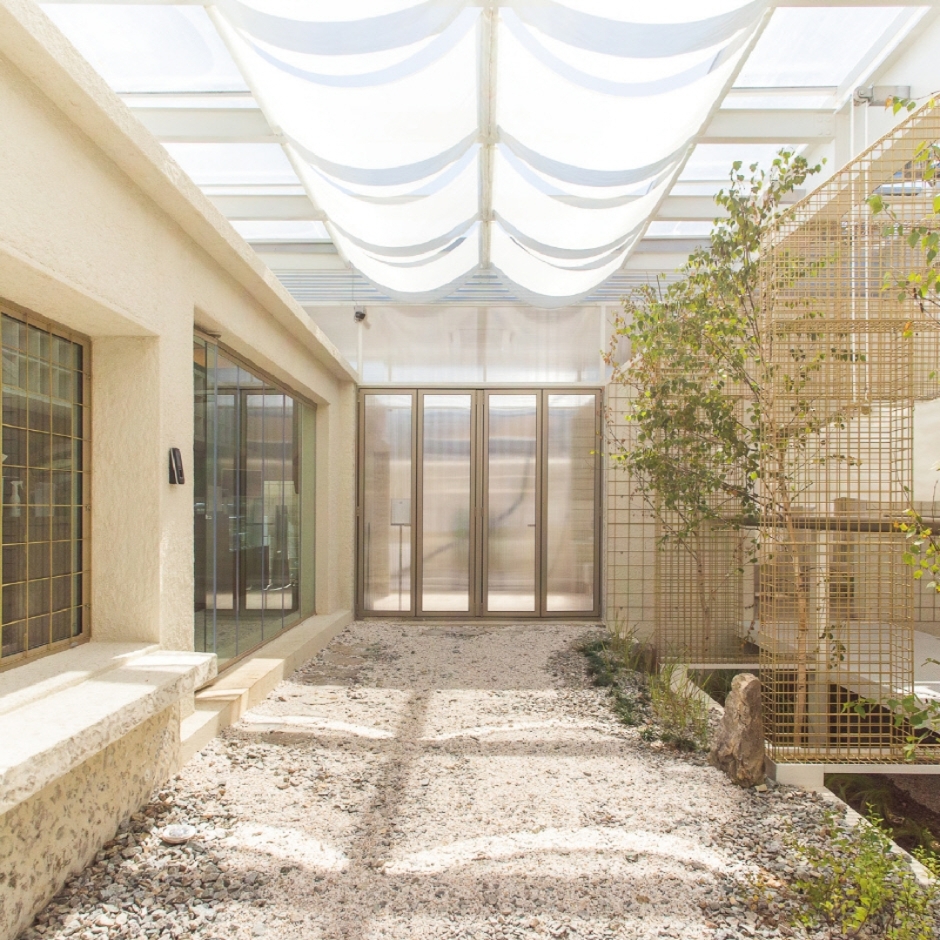
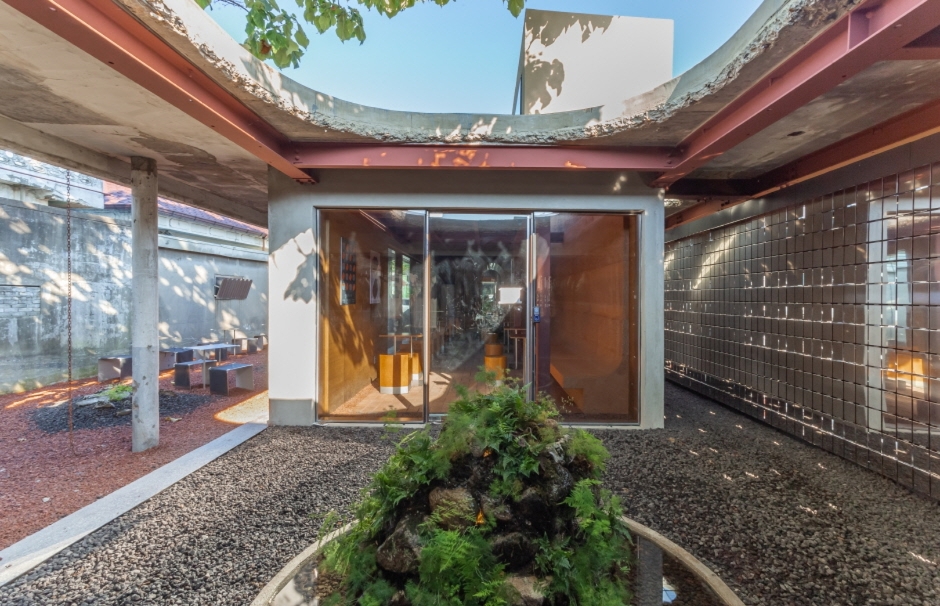
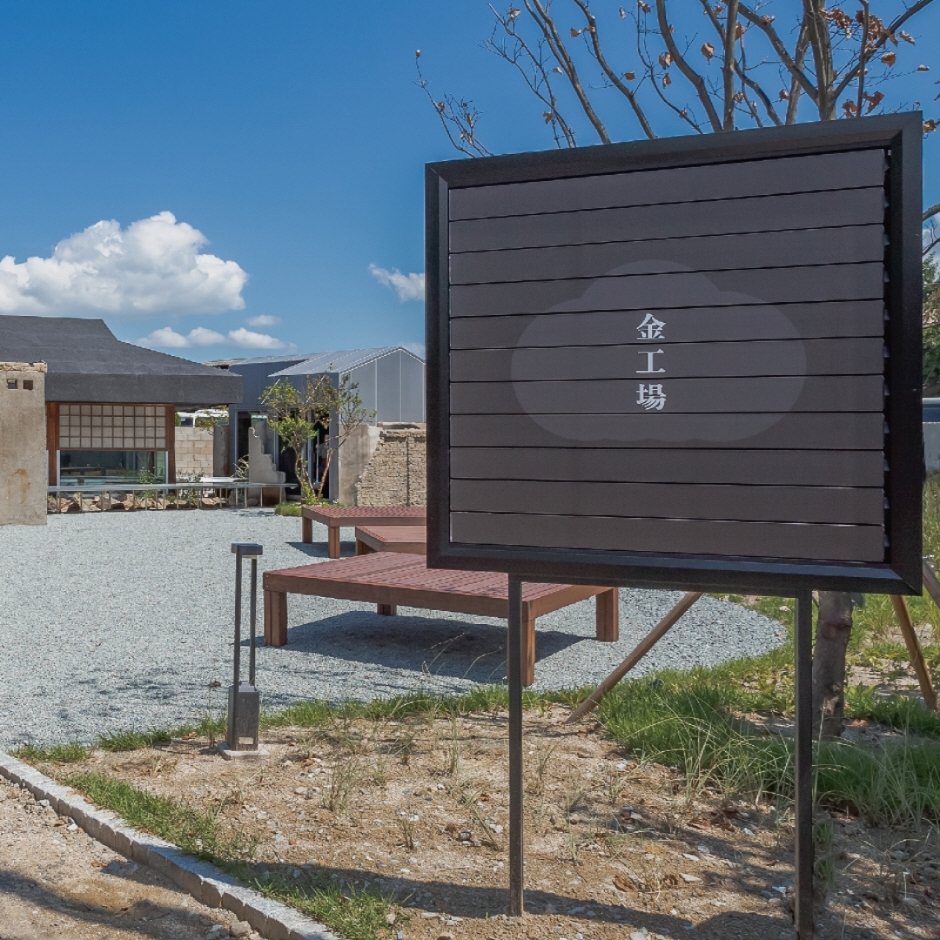
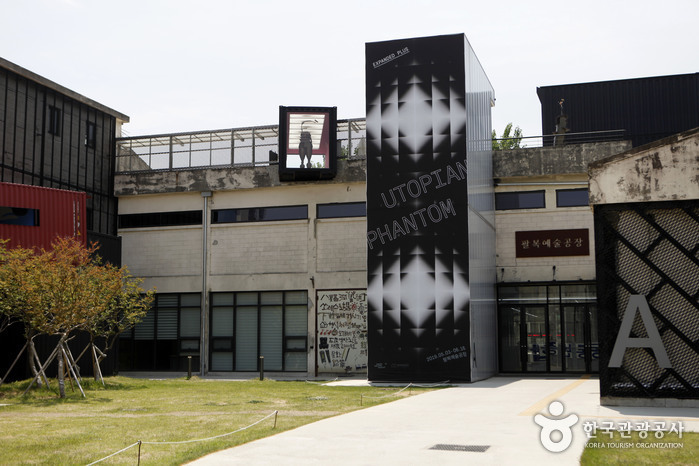
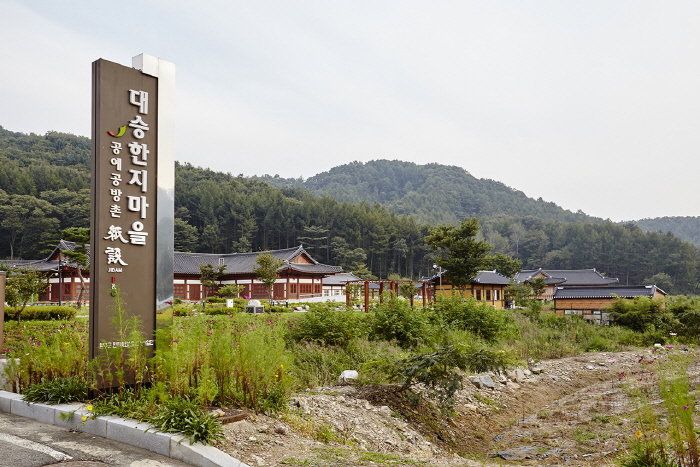

![Happydream [Korea Quality] / 행복드림한옥 [한국관광 품질인증]](http://tong.visitkorea.or.kr/cms/resource/23/2576423_image2_1.jpg)
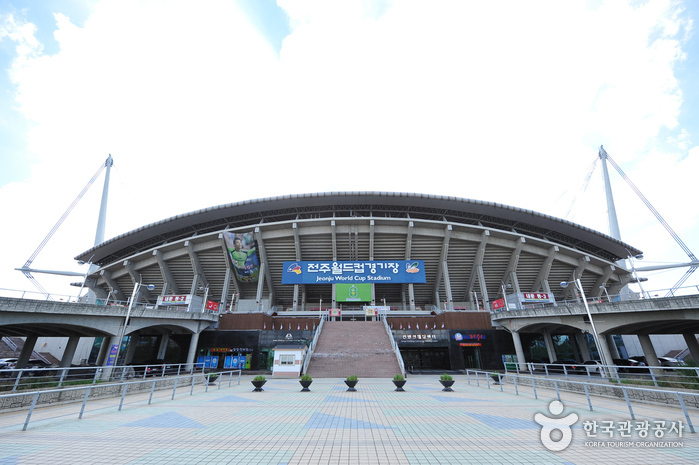
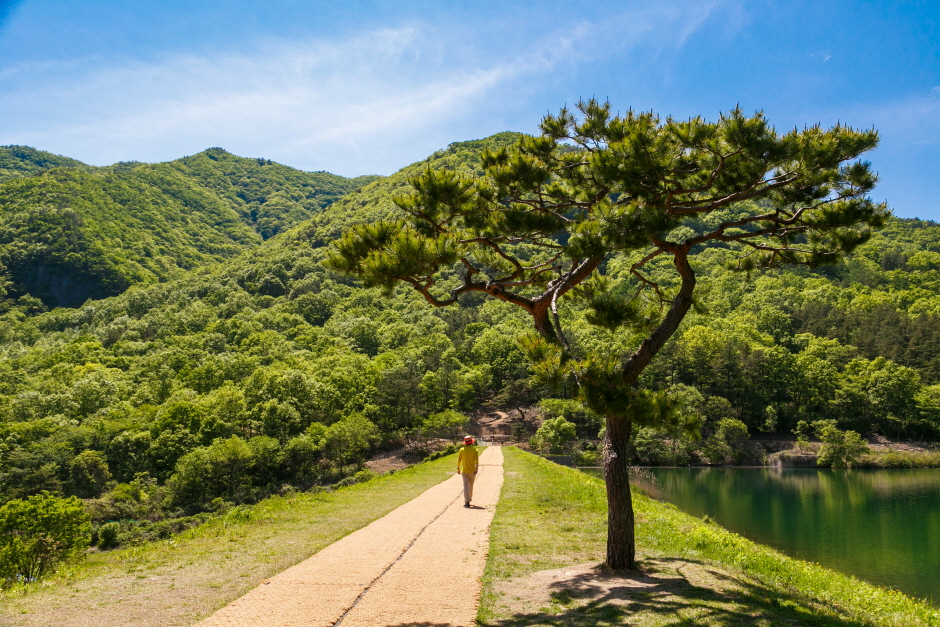
 Español
Español
 한국어
한국어 English
English 日本語
日本語 中文(简体)
中文(简体) Deutsch
Deutsch Français
Français Русский
Русский